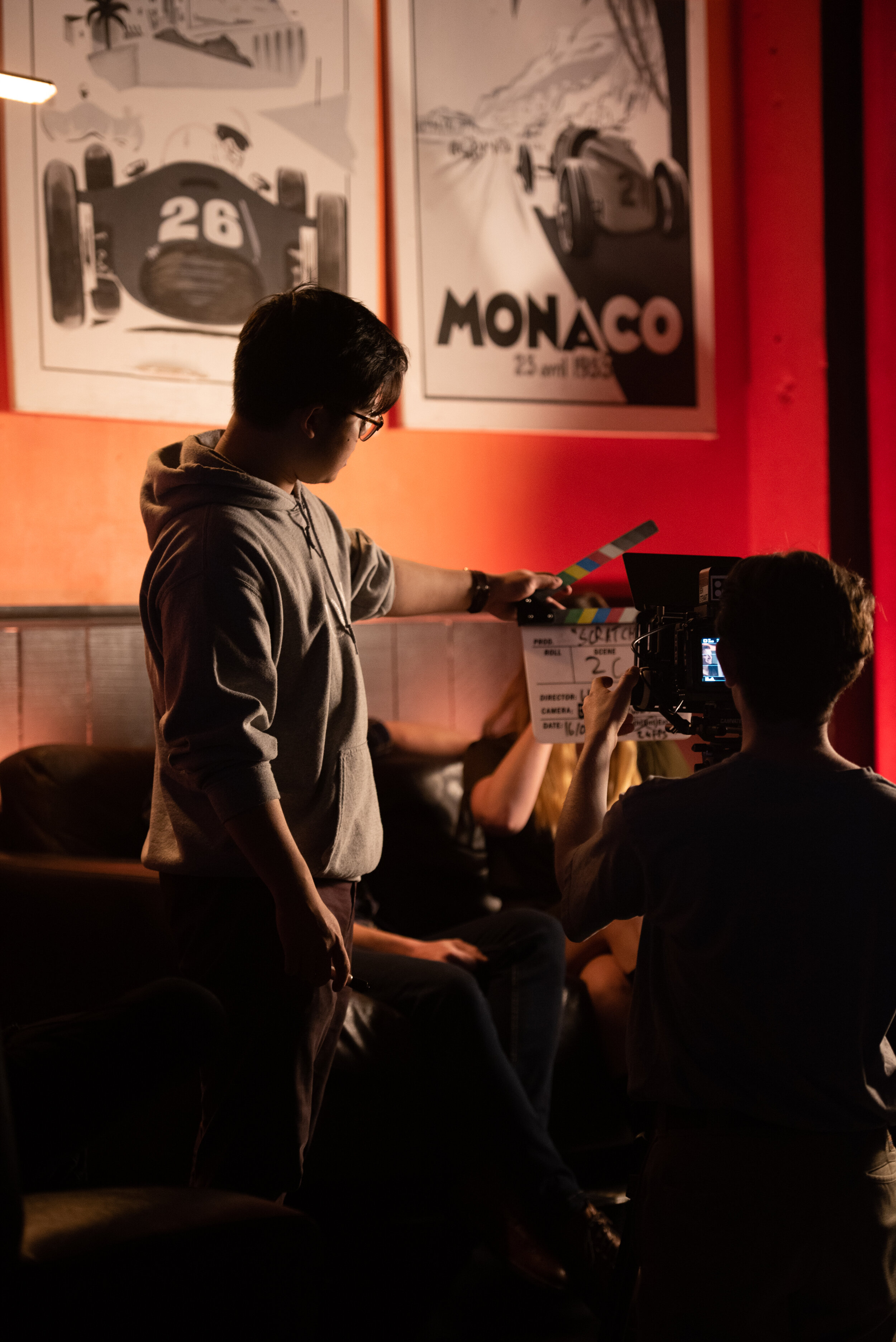Making a Poetic Short Film - Planning
On set of “There is a scratch on the inside of my right knee” (Photograph by Suchintan Srivastava)
Introduction
In late 2020, I sent through an email to Paula Harris - a local poet - after I was told that she was looking for some filmmakers to direct short film adaptations of her poetic work. Within a few weeks, she replied and sent through some of her poems to choose from. It was all very exciting at the time, I was stoked that I could direct a creative project with a budget straight out of uni.
Fast forward about 6 months, my Masters is done, we launched Studio Halfgray, and I finally have time to take on a new project. So I reached out to Paula again to see if the opportunity was still available to make one of her poems into a film. To my surprise, I was still attached to the project even when life got in the way during the previous 6 months.
Over the next few blog posts, I’ll be running through my experience of working on this film and detailing what I learnt from this.
The Importance of Pre-Production
This project was an interesting one in terms of the creative component itself and in terms of how it challenged us to work truly independently. I had to act as the producer/director of this film and that presented a new and interesting challenge of managing the production and working on the creative vision, things that I had kept separate in the past.
Going into the production with that knowledge that I was going to take on a massive role with a small crew, I chose the poem that I felt was most resonant with myself and something I thought I could do justice to with the limitations we had. That point is something that I think every budding filmmaker should take into account, understand your limitations and do the most creative thing you can within those limits. There were plenty of other poems I would have loved to tackle and it pained me that I couldn’t because, in my mind, they were so ambitious in scope I felt I couldn’t do them justice with the limits we had.
I was always taught that pre-production is what makes a film. The more work you put in prior to filming, the less work you have to do afterwards. In the context of the whole film and the production of it, I feel I played a larger role as a producer than as a director. Creating budgets, finding crew and actors, sorting out art direction and even doing catering fell under my umbrella. Filmmakers need to keep the people they’re working with happy, because that’s simply the right thing to do. That means keeping them fed, paying them for their time and work (even if it’s not much), the simple gesture of koha goes a long way in showing appreciation.
In the next blog post we’ll go over what I wanted to achieve in this film and how we did the production.

